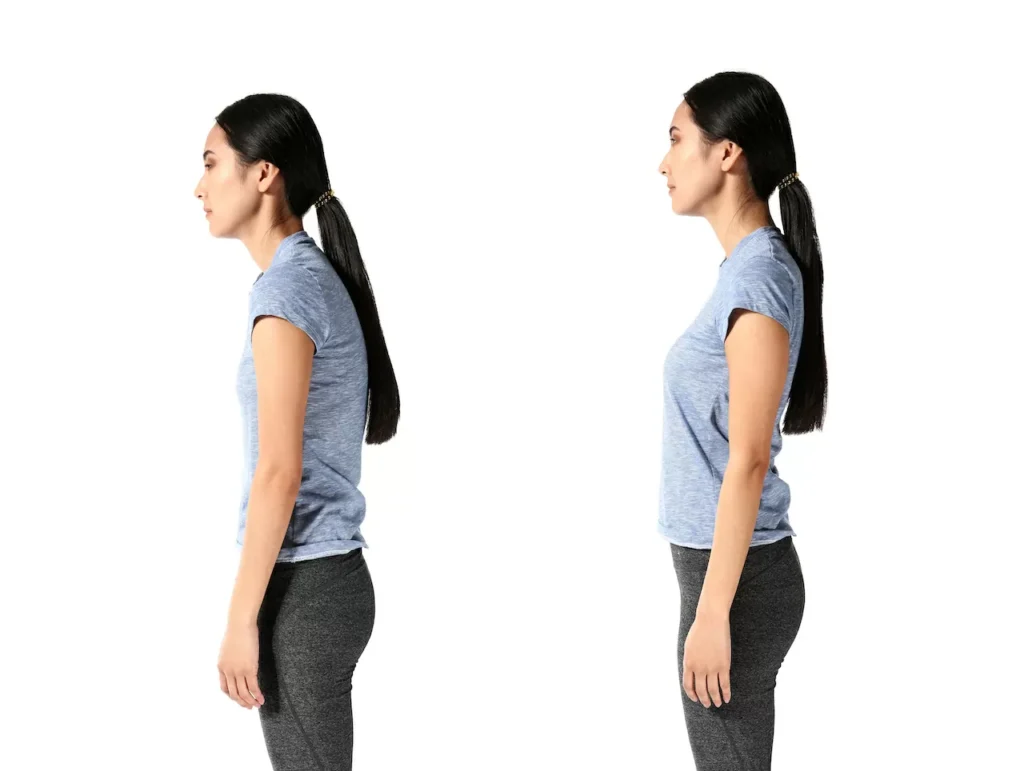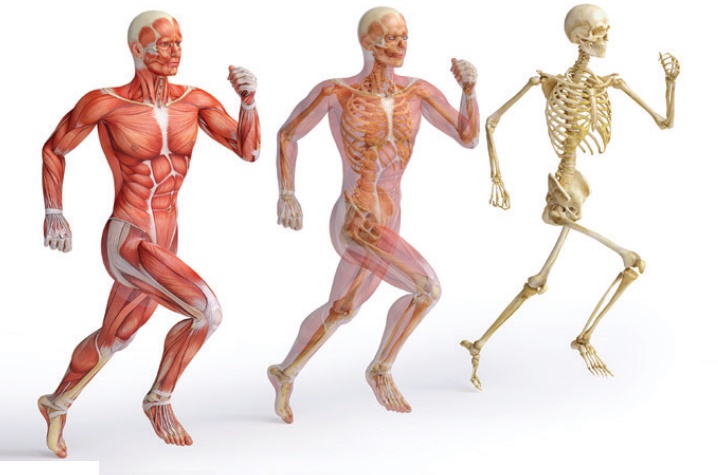Perfect Posture Is Making Your Back Pain Worse: Do this instead!
The secret to chronic back pain relief is an upright torso, shoulders pulled back, and head secured evenly across your shoulders while you cycle through the perfect sit-stand ratio at work with your $2,000 stand-up desk and $900 ergonomic chair.
THIS IS FALSE.
Posture correction is a multi-billion-dollar industry, and while it makes logical sense, what I have learned to be true with chronic back pain sufferers is that it only creates hypervigilant, overprotective central nervous systems and lifelong chronic pain.
If you’ve been dealing with chronic back pain for any period, your posture has probably been brought up at least once, leading you to believe that your low back is doomed unless you fix it.
In today’s video, I will put this myth to rest and give you a counterintuitive strategy that, with time, will unlock a level of pain relief you never thought imaginable.
In this episode, we cover
- The worst advice you’re getting from the “fitness industry” about posture.”
- How “less ideal” posture may be better for your painful low back
- The only way chronic back pain sufferers should be looking at posture for long-term relief.
Want to learn even more about beating chronic low back pain?
Why Is Perfect Posture Bad For Chronic back Pain?
The reality is there is no such thing as perfect posture. Posture in the human body is extremely individualized and depends on a person’s body structure, lifestyle, and any existing musculoskeletal conditions.
While maintaining good posture is generally beneficial for reducing back pain, there are scenarios where striving for a “perfect” posture can worsen back pain.
Here are a few of the biggest factors when it comes to perfect posture impacting back pain in a negative way.
Why Perfect Posture Is Bad: Overcorrection

Some people, in their quest for perfect posture, may overcorrect and adopt exaggerated positions.
This can lead to increased muscle tension and discomfort, especially if the new posture is not sustainable or puts unnecessary stress on certain areas of the back.
For most chronic back pain situations, this is the case.
We can easily achieve “better posture” by simply altering the contraction of certain posture muscles giving us the illusion o better posture, but in reality, you’re just creating more tension and stress than you need.
Why Perfect Posture Is Bad: Static Postures

Holding one position for extended periods, even if it is considered “perfect” posture, can lead to muscle fatigue and strain.
The human body is designed for movement, so staying in one position for too long can cause stiffness and discomfort.
God created the human body to maintain a level of self-sufficiency.
Posture is more of a subconscious act, so focusing your attention on something that should be maintained automatically creates hypervigilant habits and turns something that should be a simple subconscious thing into a chronic conscious effort to achieve something that the human body was not designed to do.
Why Perfect Posture Is Bad: Individual Differences

People have different body shapes, sizes, and spinal curvatures.
What may be considered an ideal posture for one person may not be suitable for another.
Trying to force a certain posture that does not align with an individual’s natural alignment can lead to discomfort and pain.
A good example of this is lumbar curvature.
We all have different levels of low back curvature. Some of us have a more flat low back curve, while others have more of a pronounced curve of the low back.
We can’t look at either one of these designed and say one is better then the other because we have no ideal measure of “ideal” and even if someone could come up with a number, anyone outside of that range will be made to believe they are broken, less ideal and in need of fixing.

